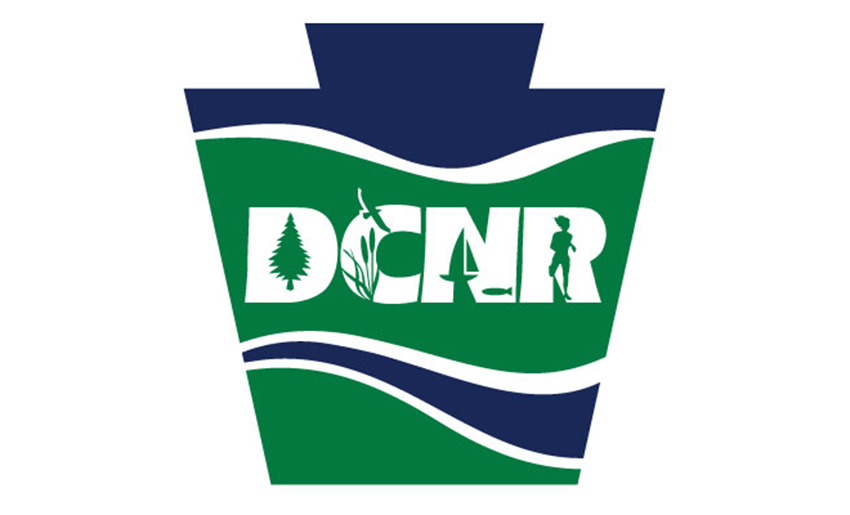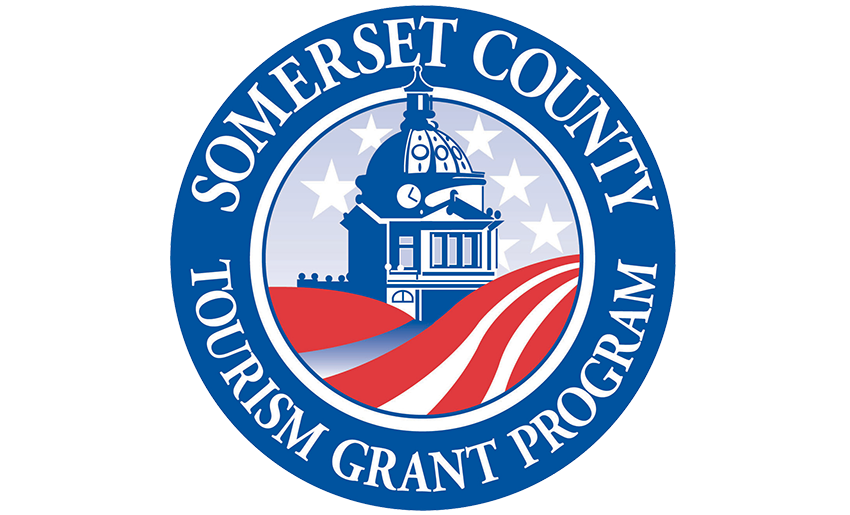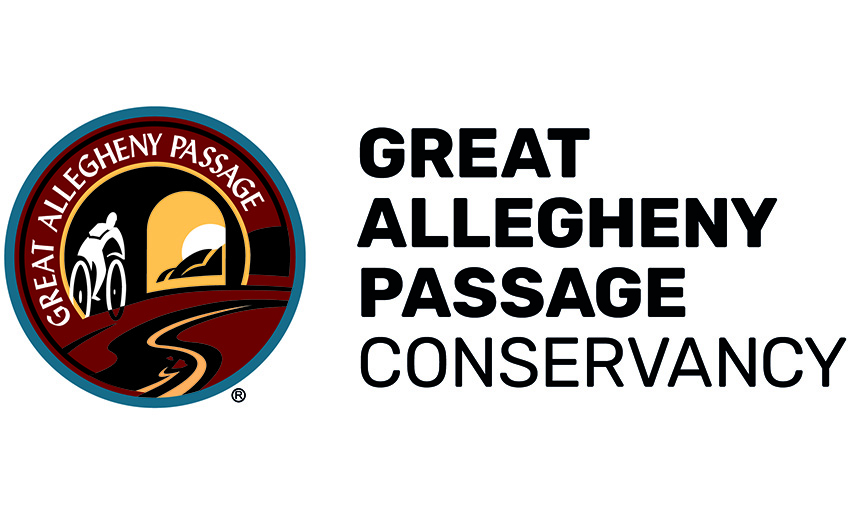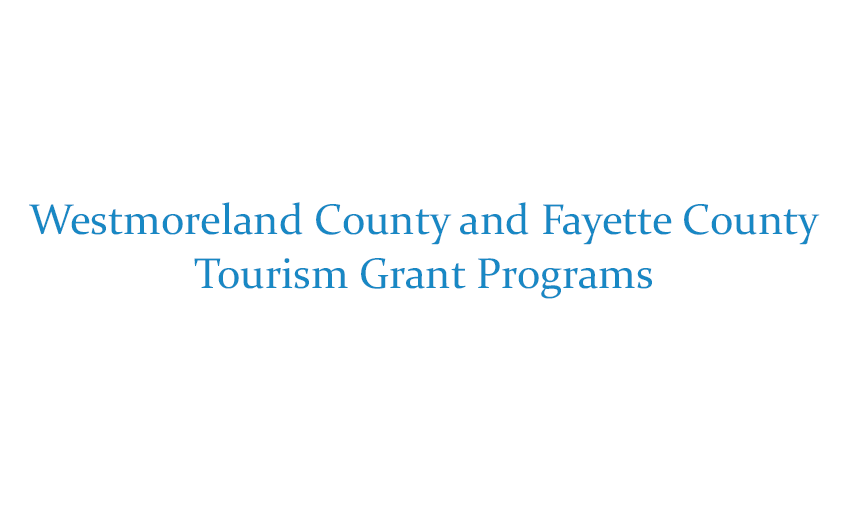“This is something that is so unique to get out on the Great Allegheny Passage, whether you’re hiking or you’re biking, and move along these riverfronts, you know, up the Monongahela River, through the Youghiogheny River valley, through the coal patch towns, and get to meet the people that live there and understand that we’re all connected.”
“It is not hyperbole to say that Pittsburgh steel built the world. It truly did.
“Homestead Works was made up of over 420 acres of a steel mill. Here, our Carrie Furnaces, number six and seven, are national historic landmarks, and are the last of their type. They are the last of the pre-World War II blast furnaces left in this region. And why does that matter? It matters because the technology that was put in place here in 1907, it didn’t just set the stage for transforming this region, it transformed the world.
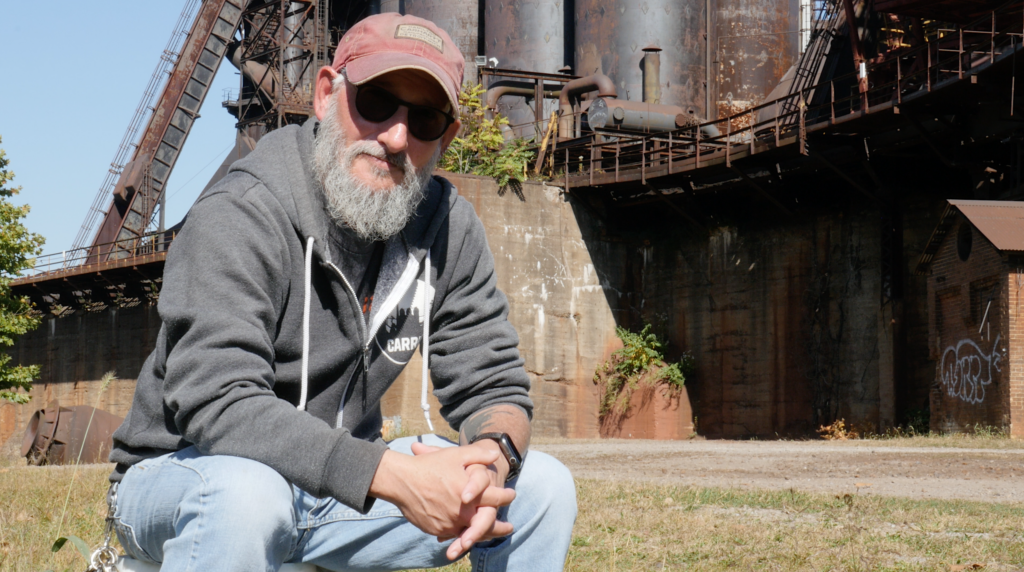
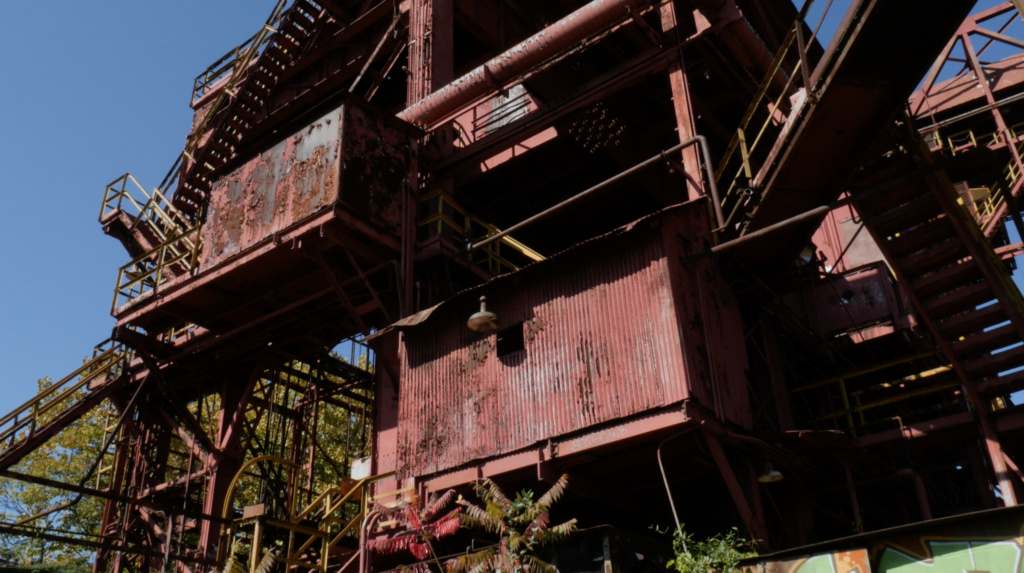
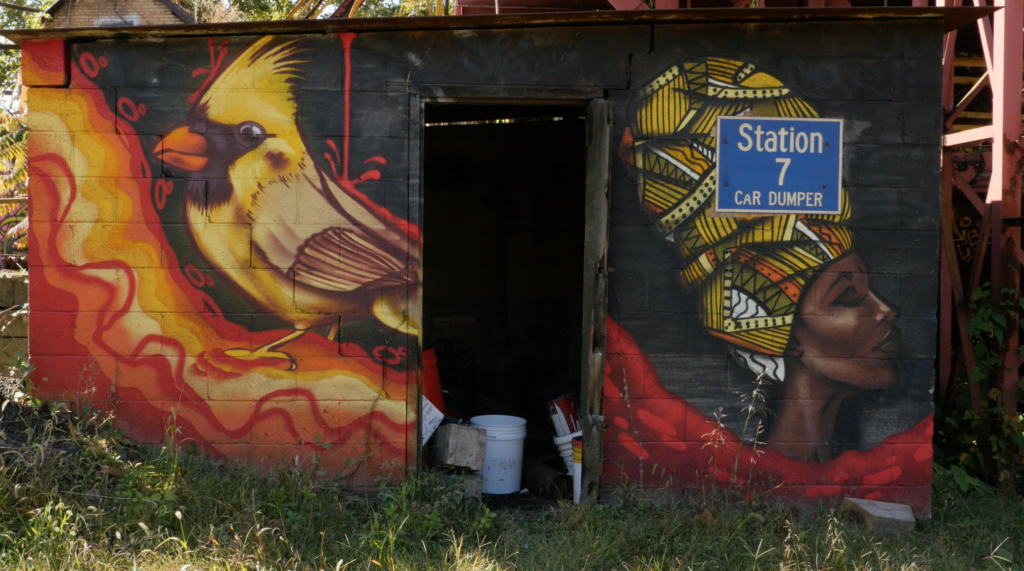
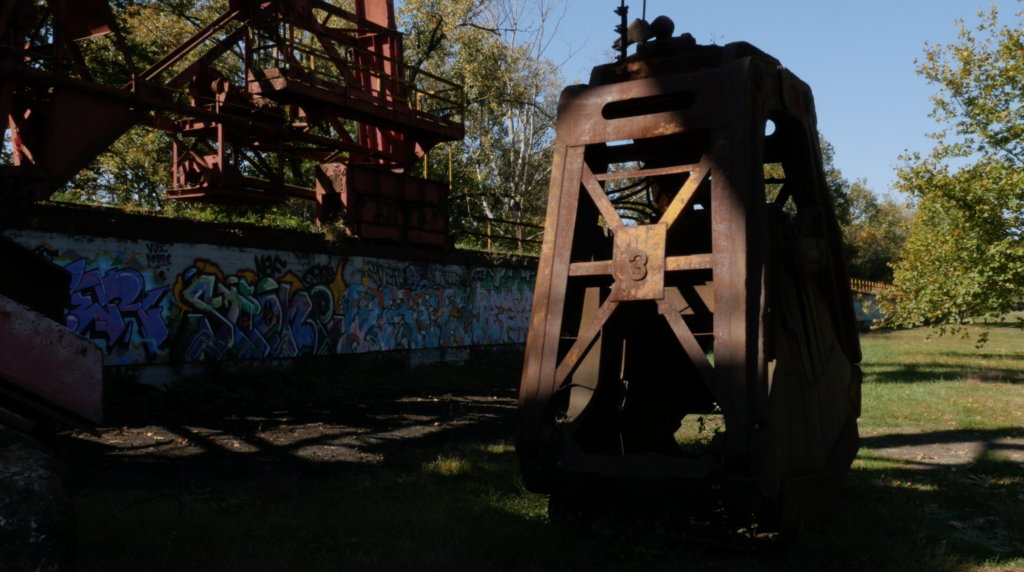
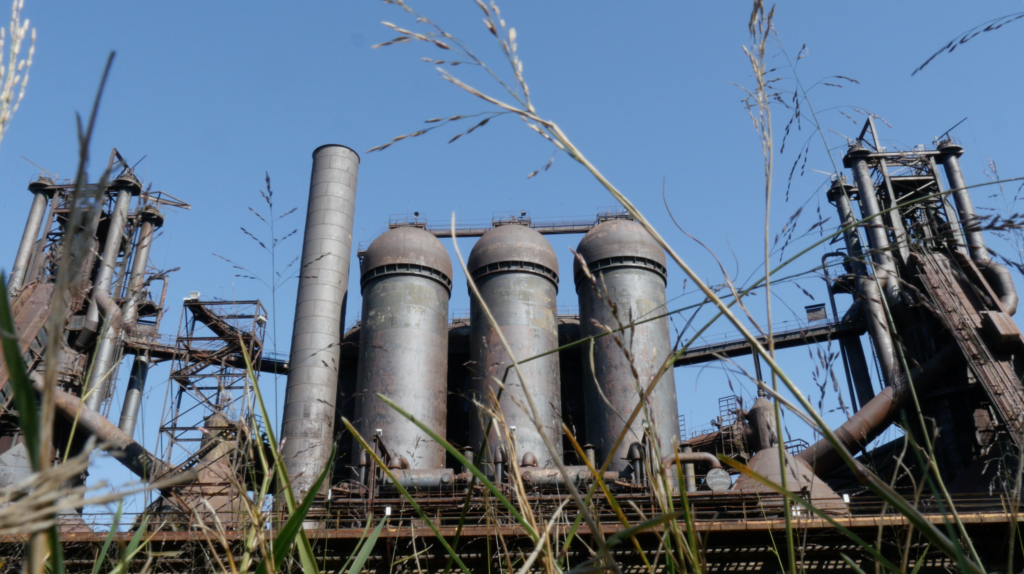
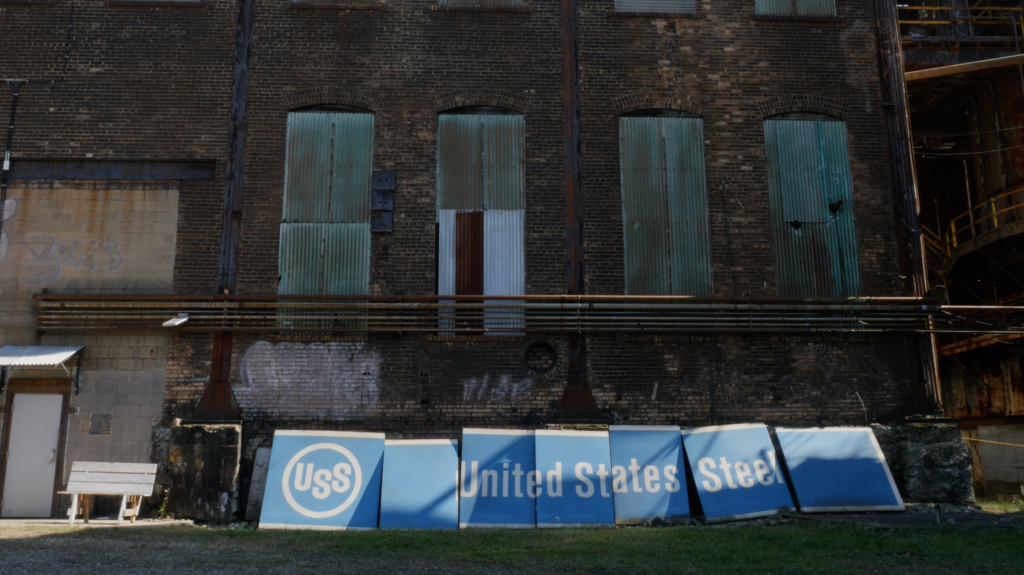
“The Carrie Furnaces allowed the iron and steel industry to blossom worldwide, and even more so to allow the Pittsburgh region to really create America’s 20th century. The Empire State Building, the Panama Canal locks, the USS Missouri, the USS Oregon, the Sears Tower, the Alaska pipeline, and on and on, the steel that built them came from right here at the Homestead Works. From these furnaces right here. This region was the hub of ingenuity and innovation. It still is.
“These two furnaces operated until 1978, and so today there’s a need to preserve our history. In 2010, Rivers of Steel began its stewardship of this site. We’re reclaiming the land, working towards restoration of both historic furnaces. More importantly, we’re opening the place up to the public, allowing people to come in here and learn about this region. Our tour guides, many of whom worked in this mill, can’t wait to tell people who have never been here all, all about it, and what it was like. We have tens of thousands of people coming from all over the world now to this region and learning about this and then going home and telling more people. Heritage tourism works!
“Pittsburgh was dominated by the railroads. This region was crisscrossed with rail, which tied-in to all the industry, moving goods back and forth. But as industry receded, we were left with abandoned rail lines. This also opened the region to tourism and exploration that hadn’t existed before. And when the Great Allegheny Passage will be able to be tied into the Carrie Furnace site, it will allow people from all over the region to access points in this community. I envision a time where people can come down here, sit down, have a picnic, bring their kids, play on the grounds, and if they want to take a tour, beautiful. If not, they get to experience how wonderful a site this is.
“This is something that is so unique to get out on the Great Allegheny Passage, whether you’re hiking or you’re biking, and move along these riverfronts, you know, up the Monongahela River, through the Youghiogheny River valley, through the coal patch towns, and get to meet the people that live there and understand that we’re all connected.”
This content was created by Anita Harnish for the Great Allegheny Passage Conservancy and financed through grants from the Pennsylvania Department of Conservation and Natural Resources’ Bureau of Recreation and Conservation, through its Community Conservation Partnerships Program and Environmental Stewardship Fund, administered by Rivers of Steel Heritage Area and Pennsylvania Environmental Council’s Laurel Highlands Mini Grant Program; through funding via the Westmoreland, Fayette, and Somerset County Tourism Grant Programs; and with funds made available by the Great Allegheny Passage Conservancy.
